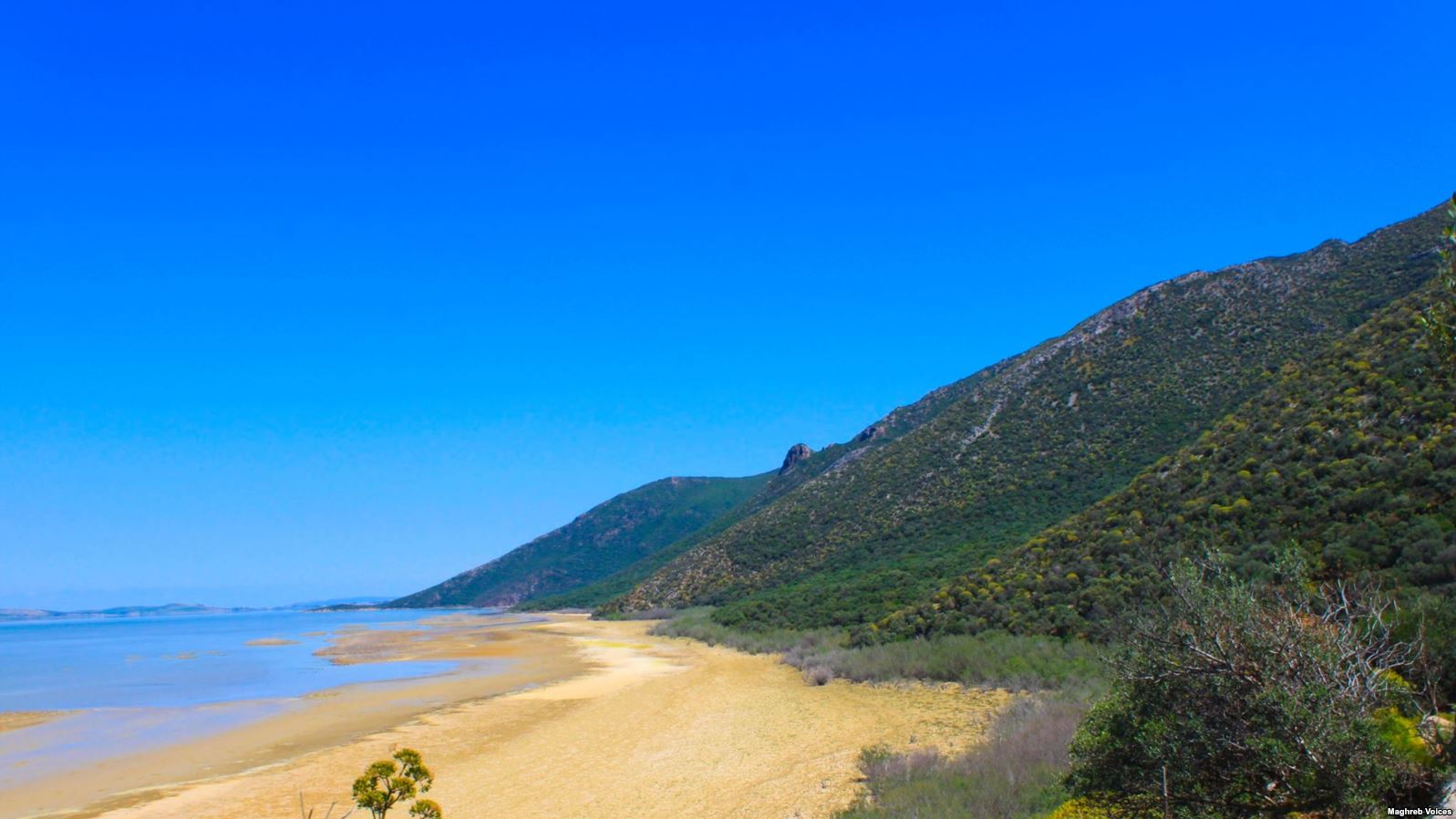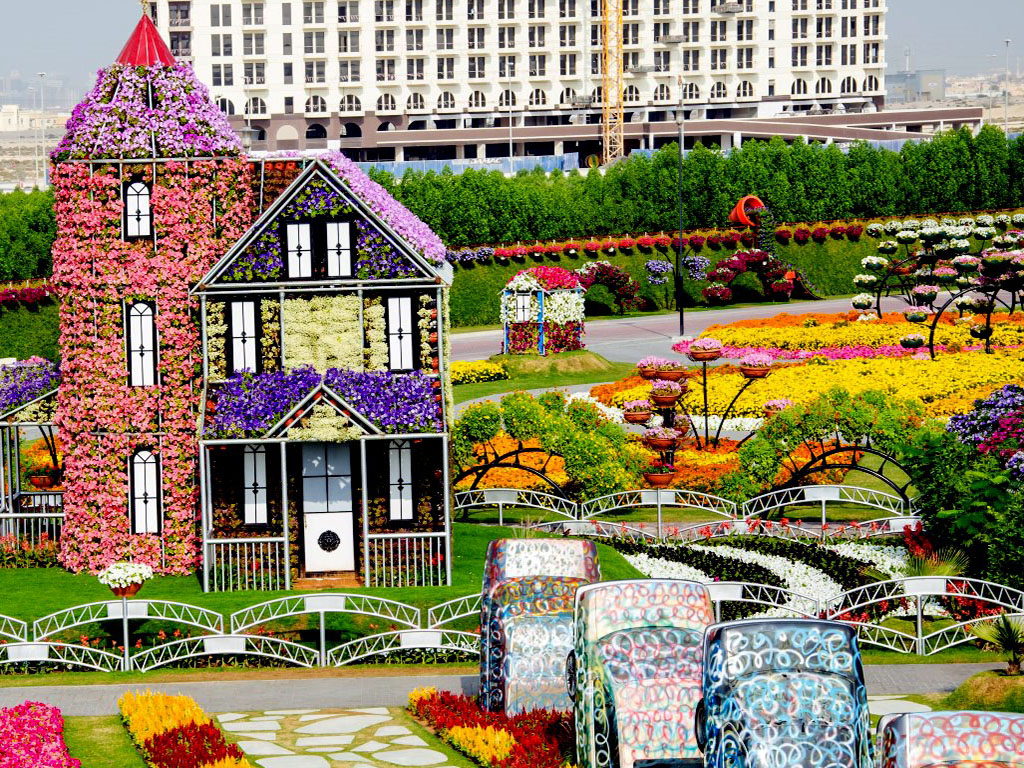x
T
R
F
I
H
I
We have 16614 Parks Now ... The First and largest platform for green public parks
News about the nature reserve





Comments